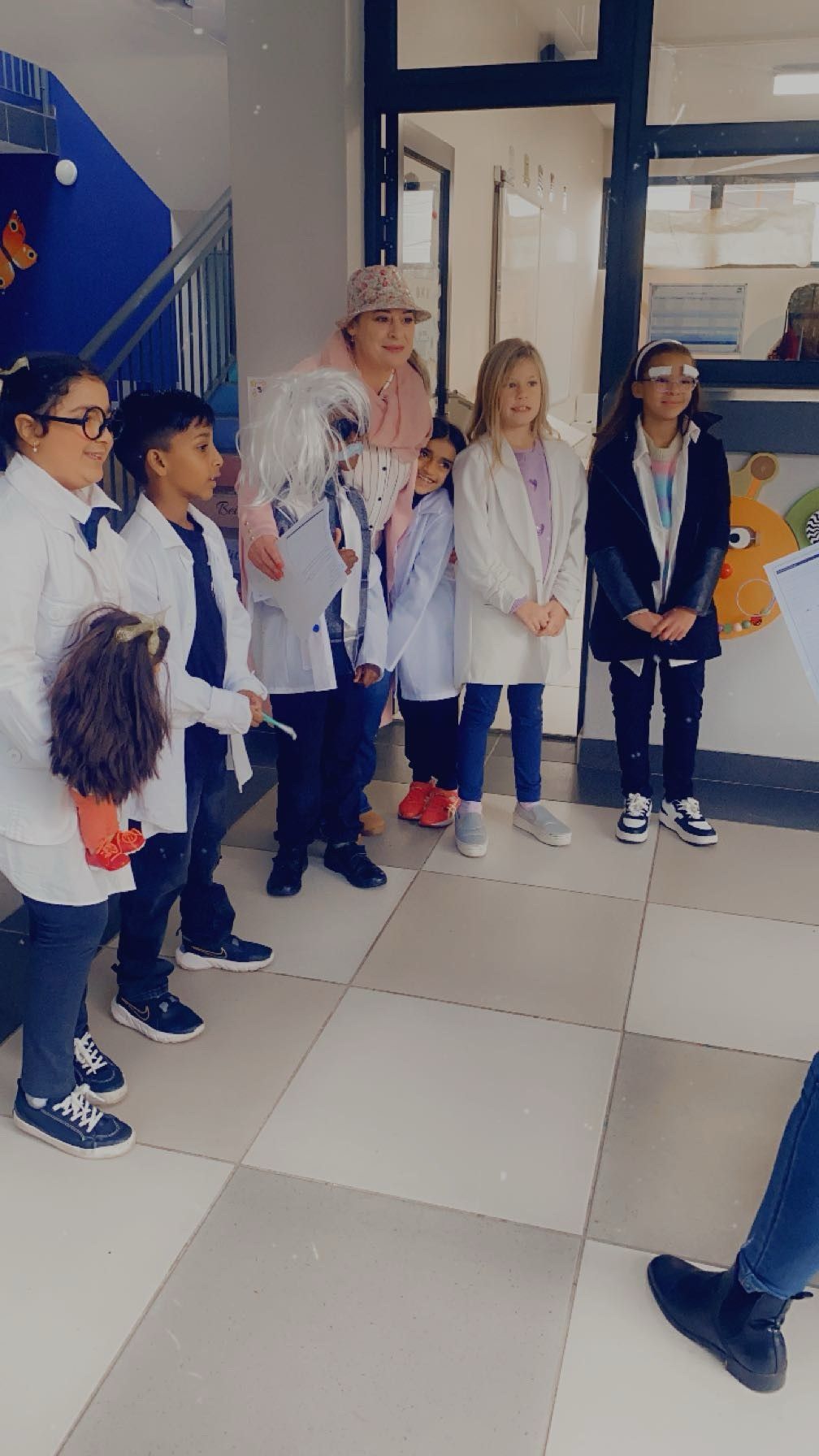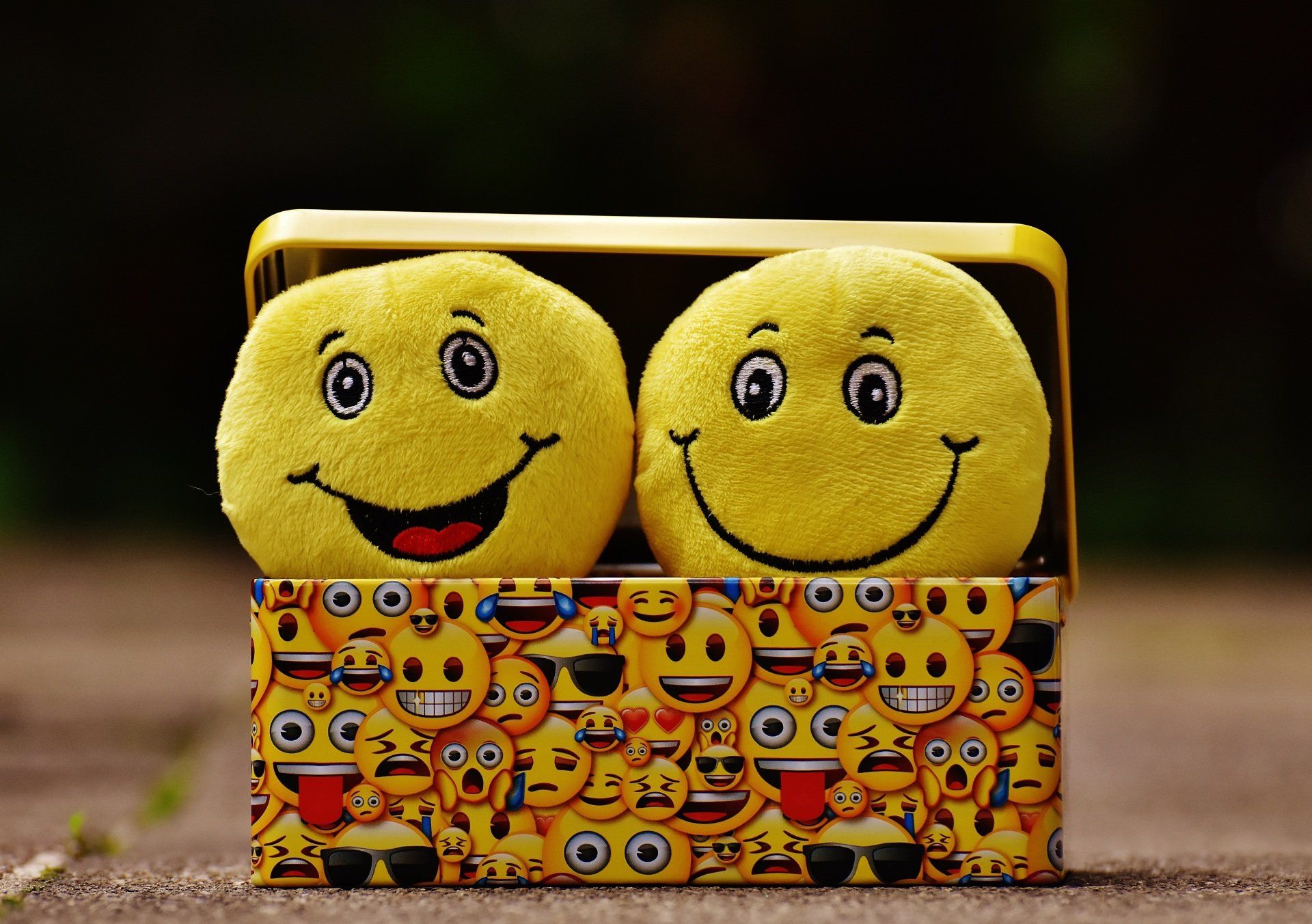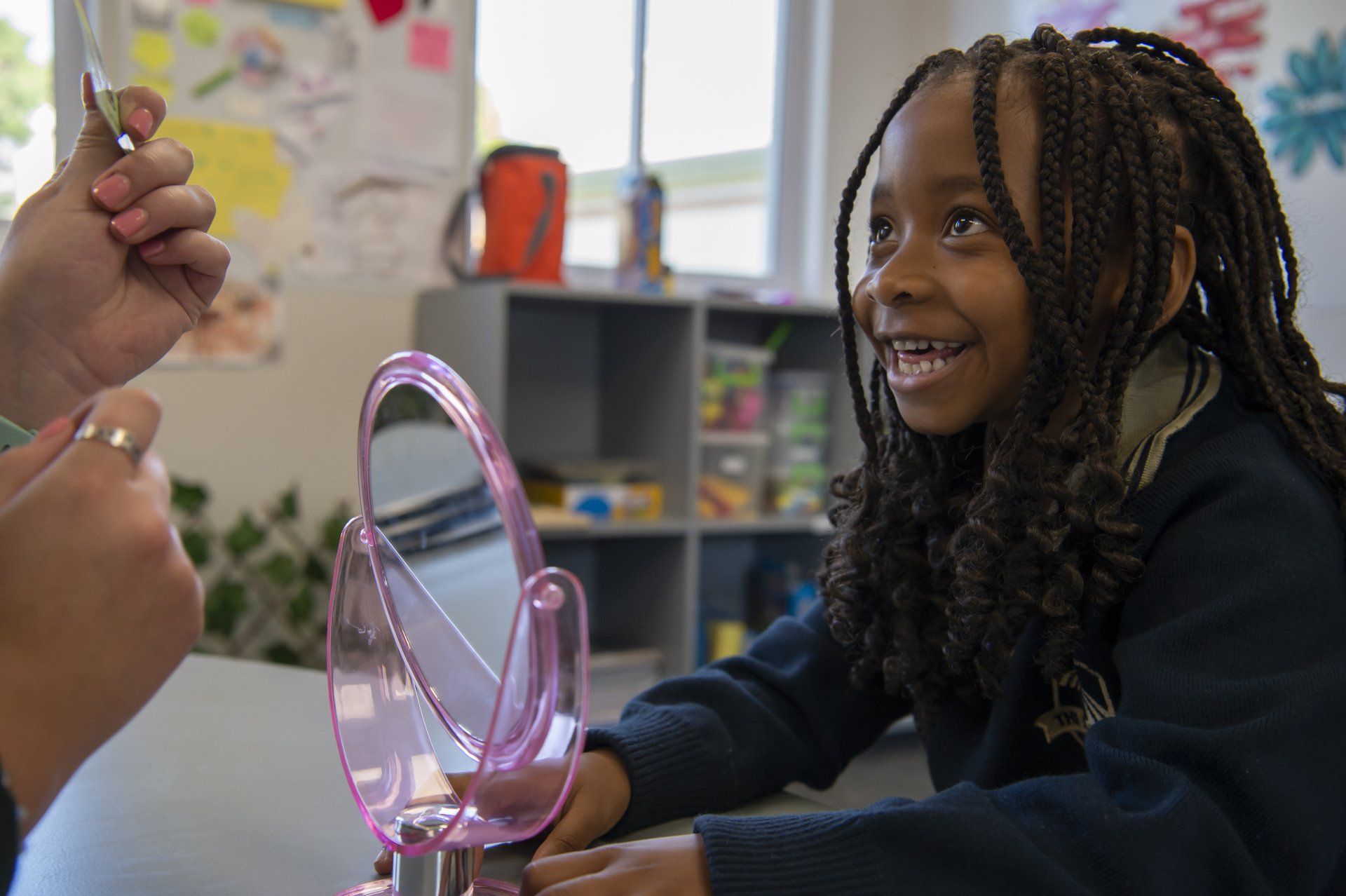What do you need to know about Neurodiversity?
Dr. Greg Pienaar • 30 October 2020
" Neurodiversity is having a brain that functions in ways that diverge significantly from the dominant societal standards of ‘normal’, but is far from flawed ” - Anonymous
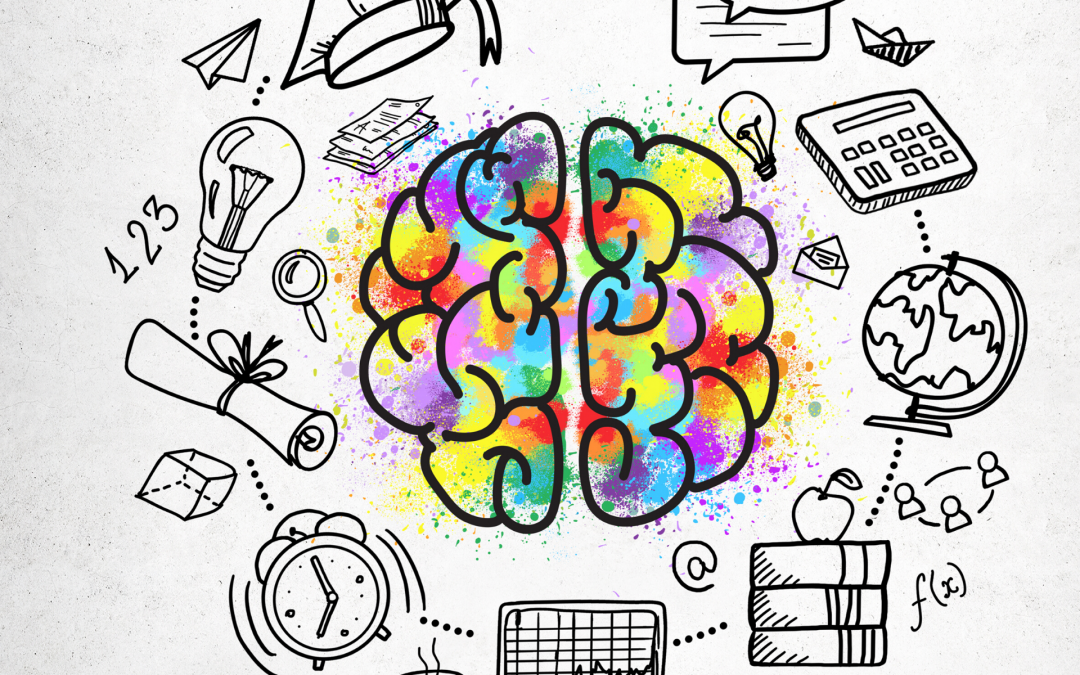
Today’s children are growing up in a world that strives for inclusivity. Thus, we must teach our children and society about neurodiversity for this to be successful. Understanding neurodiversity is just as important as teaching our children that people come in all different shapes, colours, and sizes, all worthy of love and opportunity in this world.
That means your child might be one of the few that is wired differently, and that his/her life may not follow the path you envisioned as they have a neurodivergent diagnosis. Before we can help him/her thrive, we must have a clear understanding of what a neurodivergent (the buzz word in psychology circles) diagnosis entails.
What is Neurodiversity?
Neurodiversity is in concept a viewpoint that certain people have learning and thinking differences rather than inferiorities. The concept has been around for many years, but in a nutshell, it means that brain differences are just that, differences.
Neurodiversity includes people with variations of learning differences. Some of these differences may include: ADHD, dyslexia, dysgraphia, autism, etc. but they are not flawed. People with neurological differences are not broken or incomplete versions of ‘normal’ people. They approach life just a little differently, are highly intelligent human-beings and can live rich and meaningful lives.
When it comes to Neurodiversity, look at the bigger picture.
Let’s face it, to experience life through a uniquely neurodiverse lens and therefore have what is contemporarily described as a barrier to learning is a complicated thing, but often, it’s defined more by society’s misconceptions, misunderstandings and expectations, rather than by the individual condition itself. To battle with the consequences of the negative side of neurodiversity is nothing to be ashamed about.
All children need love, encouragement, and support, and for children with neurodiversity, such positive reinforcement can help ensure that they emerge with a strong sense of self-worth, confidence, and the determination to keep going even when things are tough.
The term neurodiversity can be viewed as another positive contribution to this overarching commitment to diversity, and should be integrated into both classroom lessons on diversity, and educational policies dedicated to promoting inclusivity in learning.
Teaching with a Neurodiverse approach.
Teaching with a neurodiverse approach begins with helping children understand their own strengths and needs. Once children understand themselves, they realise everyone else has their own assortment of abilities as well, and when they work together as a group, classroom or community, they can do great things.
At the Bridge Assisted Learning School we follow a Neurodiverse approach. It includes more hands-on learning, experiential learning, project-based learning, expeditionary learning, arts-based learning, brain-based learning, universal design learning, and other programmes to support the children with their neurodiversities in order to succeed with what will benefit each student in school and life.
Every child has his or her own unique learning style. Some children learn best by seeing or reading, others by listening, and others by doing. You can help your child with their neurodiversity by identifying their primary learning style. Is your child a visual learner, an auditory learner, or a kinaesthetic learner? Once you’ve figured out how they learn best, you can take steps to make sure that the type of learning approach is reinforced during home study.
Always remember that the way you behave and respond to the challenges your child faces, has a big impact on them. A good attitude won’t solve the challenges associated with a neurodiversity, but it can give your child hope and confidence that things can improve and that they will eventually succeed.
To learn more about neurodiversity, please click here
.
To learn more about how the Bridge School takes a Neurodiversity approach, please click here
.
To enquire about the Bridge Assisted Learning School, please click here
.
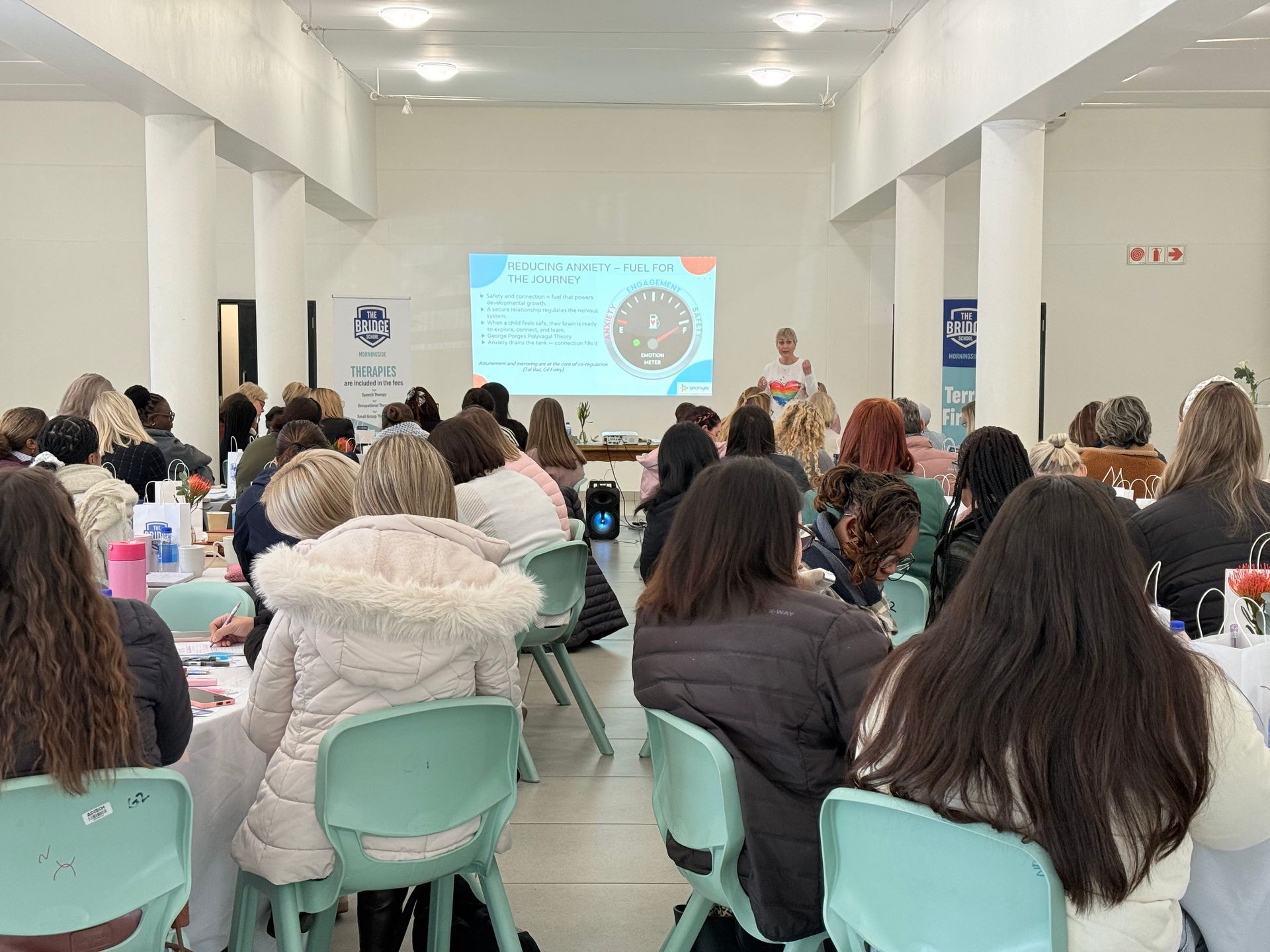
Neurodiversity is a concept that recognises and respects neurological differences—such as autism, ADHD, dyslexia, and other cognitive variations—as natural forms of human diversity. Rather than viewing these differences as deficits, the neurodiversity paradigm promotes inclusion, understanding, and tailored support to help each learner thrive. In a school context, this means shifting from a “one-size-fits-all” model to a flexible, responsive approach that honours individual learning styles, communication needs, and emotional development. At The Bridge School, we believe in embracing the diversity of every learner’s potential through a neurodiverse educational philosophy. Our approach includes customised learning paths that adapt teaching methods to suit individual strengths and challenges. We foster a safe, nurturing environment where students feel valued and supported, ensuring their academic, emotional, and social growth. Our dedicated team of experienced teachers and therapists works collaboratively to meet each student’s unique needs. With a multidisciplinary team—including specialist teachers, speech and occupational therapists, and educational psychologists—we offer integrated classroom support and holistic development. We are proud to launch our very first Neurodiversity Summit—a pioneering initiative aimed at equipping educators with practical, sustainable strategies for supporting neurodiverse learners. This event served as a platform for experts in the neurodiversity space to share insights, tools, and approaches to managing emotional and behavioural challenges in inclusive classroom settings. Our goal is to create greater awareness of neurodiverse learners and highlight the innovative work happening at The Bridge School. The summit featured four dynamic presentations: DIR Floortime South Africa unpacked the DIR model, sensory processing needs, and practical ways to support transitions using relationship-based interventions. A Parent Perspective will provide a heartfelt account of the importance of communication and collaboration between parents and educators in supporting neurodiverse learners. Tash Munisamy, Lead Occupational Therapist at The Bridge School, shared practical tips on emotional and behavioural management from a regulation-based perspective—including strategies for educators to enhance their own self-regulation. Katlego Mantsho & Tandzile Makobe, Speech Therapists at The Bridge School, provided hands-on behavioural management strategies grounded in communication development. With a vision to build a vibrant, supportive community, this summit delivered in it’s promise to be colourful, engaging, and deeply practical—knowledge was shared, collaboration was fostered, and inclusion was celebrated. Key Features of The Bridge School: - Personalised Learning Plans - Continuous Evaluation - Inclusive Culture



